Sweetgum bonsai trees are visually striking with their unique appearance. The star-shaped leaves are a highlight, transforming into a stunning display of red, orange, and yellow hues during the autumn season. This vibrant color palette adds a touch of warmth and charm to any setting where the bonsai is displayed.
Appearance of Sweetgum Bonsai
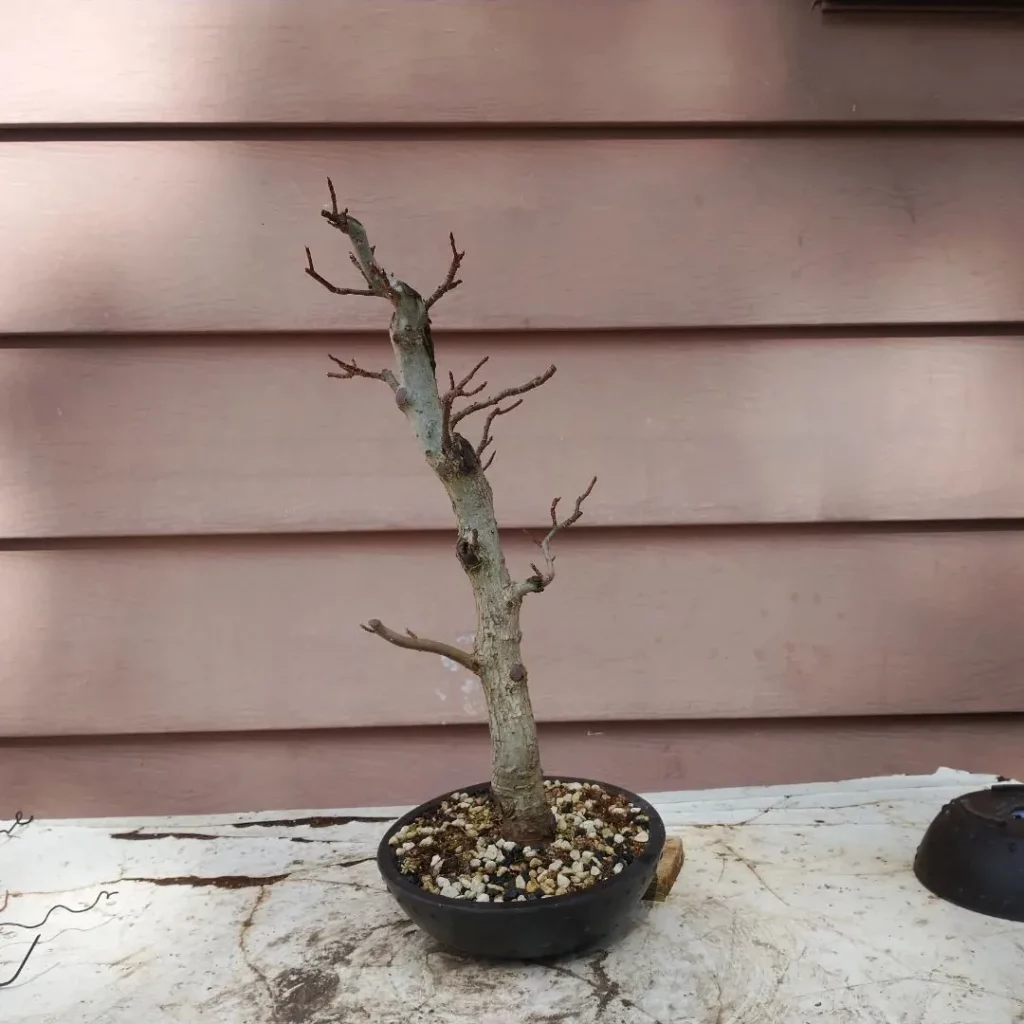
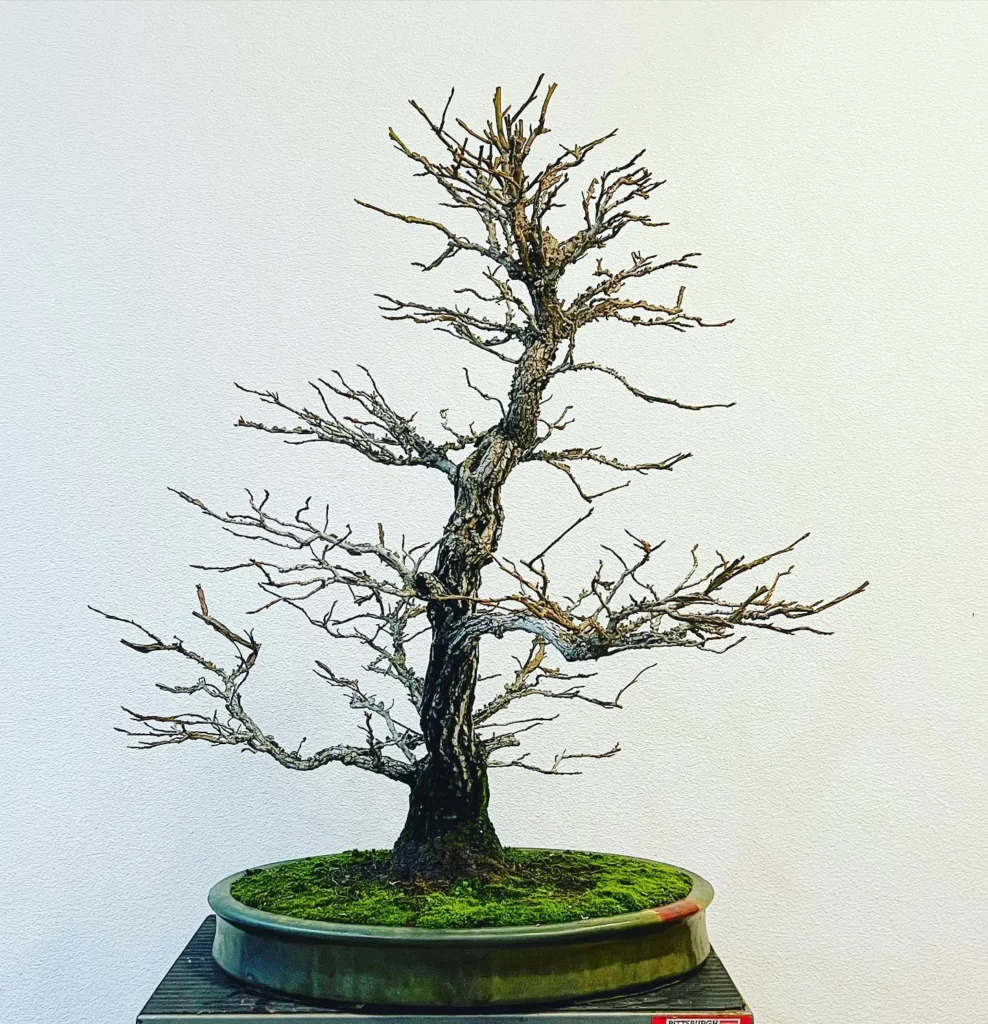
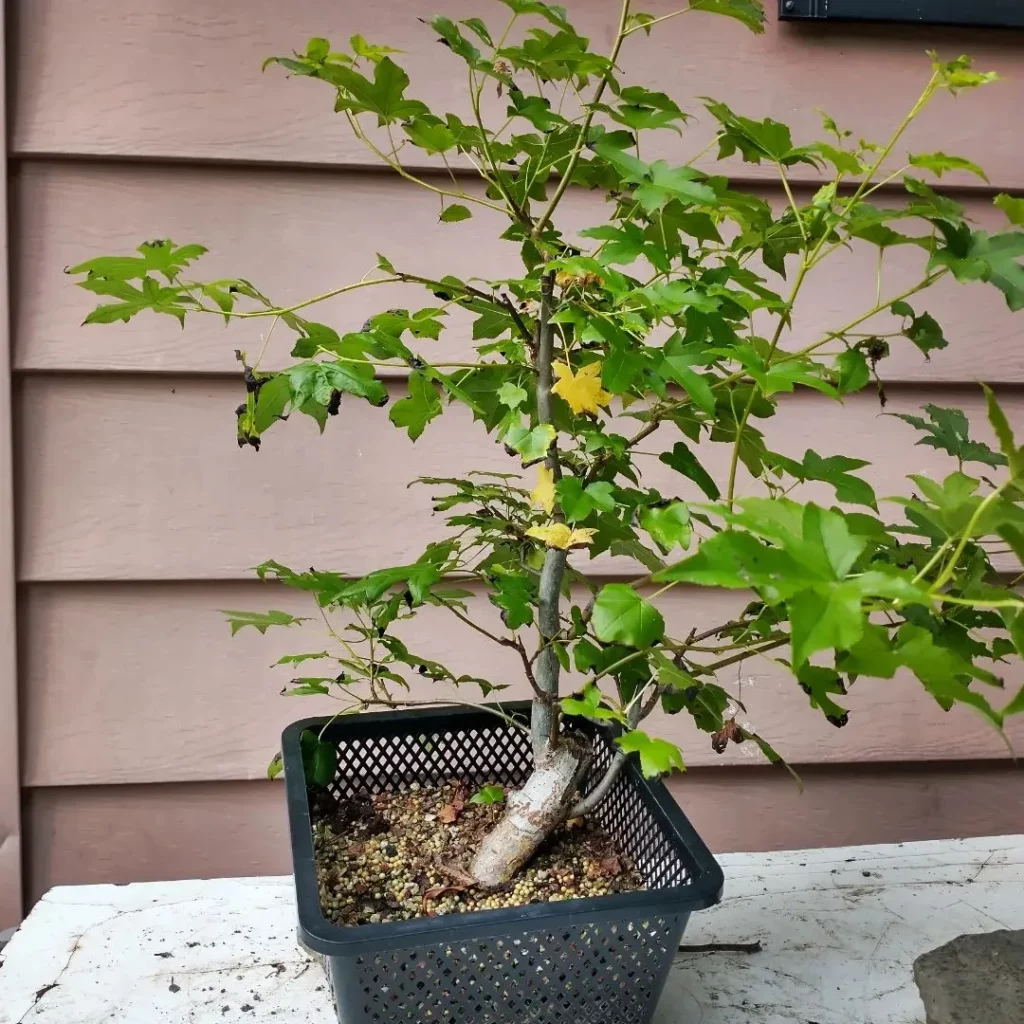
Adding to its visual appeal, the bark of the sweetgum bonsai tree is deeply furrowed, creating an interesting texture that adds character to its overall appearance. The combination of the colorful foliage and textured bark makes the sweetgum bonsai tree a captivating sight to behold.
In addition to the foliage and bark, the branches of the sweetgum bonsai can be elegantly trained to create a balanced and graceful structure. This allows bonsai enthusiasts to customize the tree’s appearance, enhancing its aesthetic appeal even further.
Light Requirements for Sweetgum Bonsai
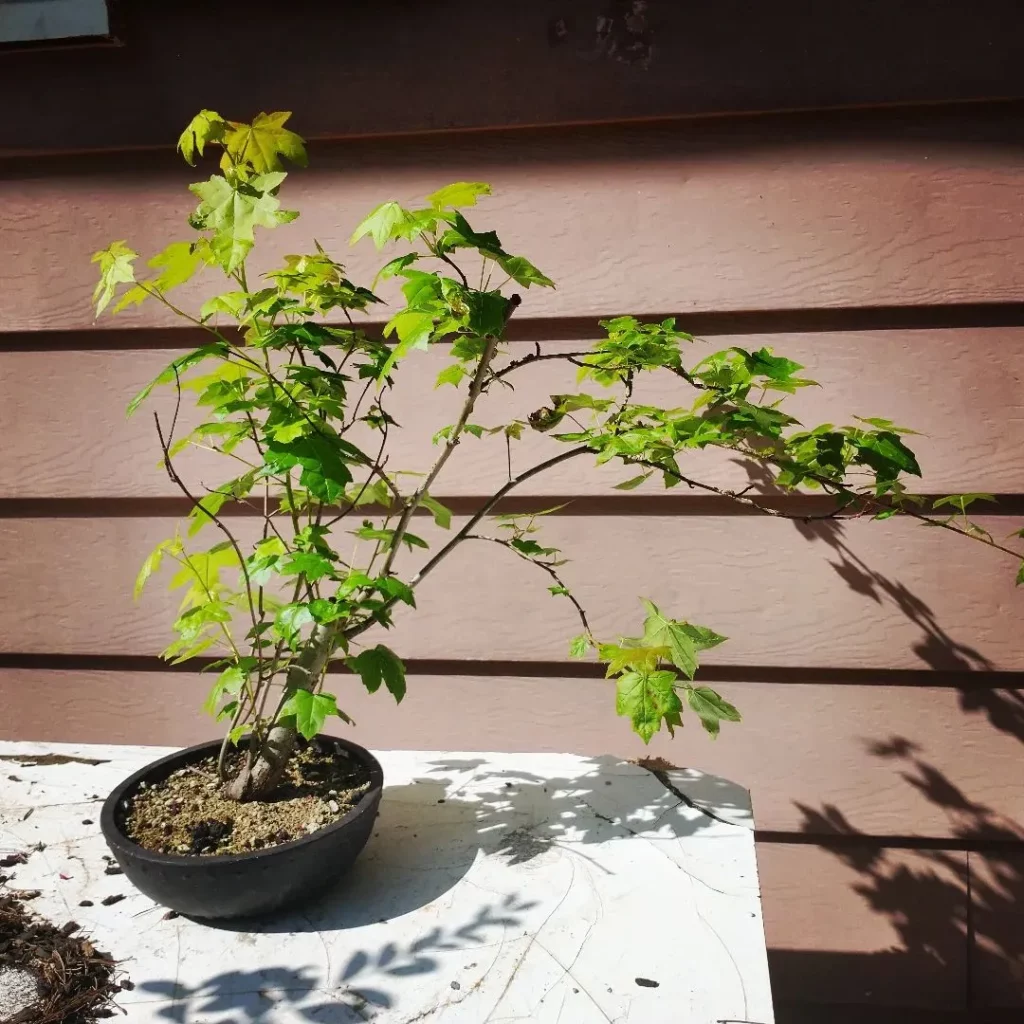
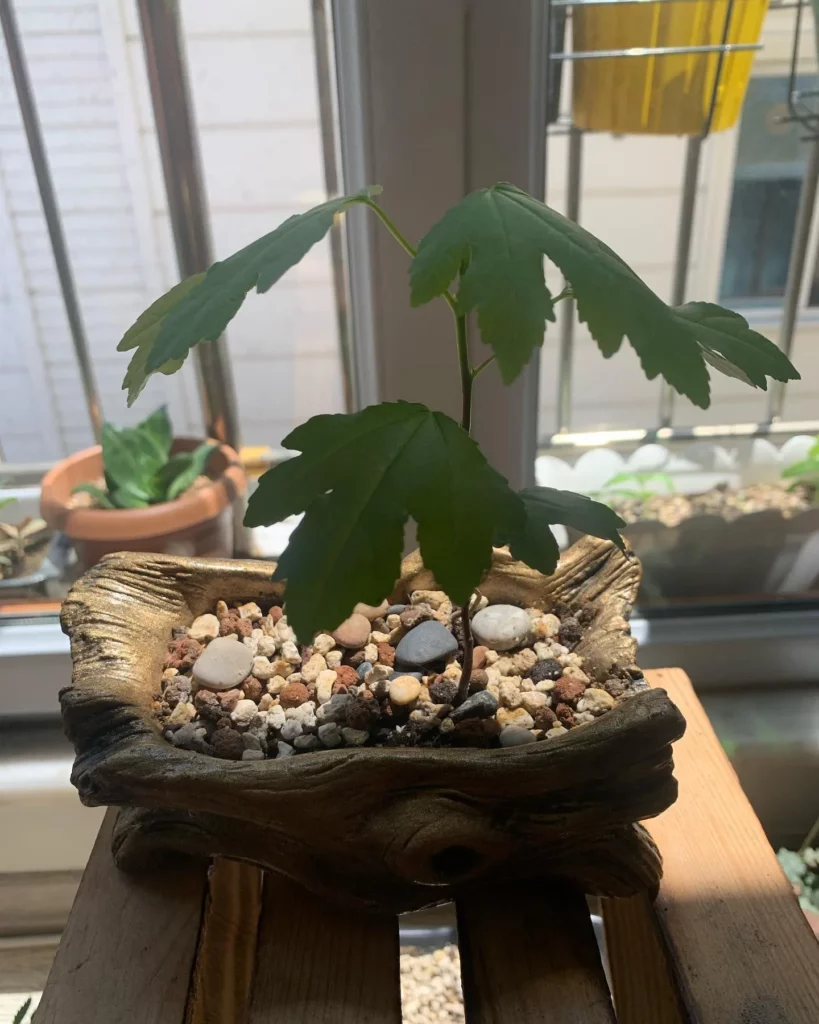
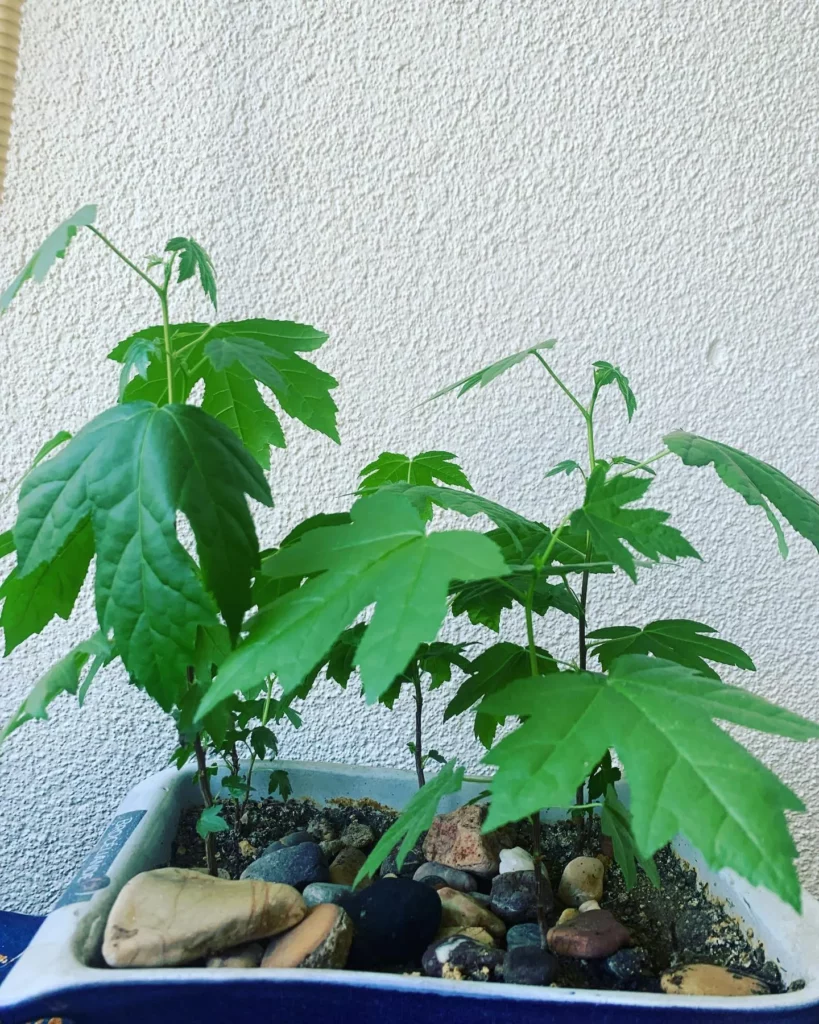
Sweetgum bonsai trees require the right amount of light to thrive and maintain optimal health. It is important to provide them with the proper light conditions to promote vigorous growth and prevent leaf scorching. Here are the light requirements for your sweetgum bonsai:
- Full Sun: Sweetgum bonsai trees need at least 6 hours of direct sunlight each day. Placing them in a spot that receives full sun will ensure they receive the necessary light for their growth.
- Partial Shade: While sweetgum bonsai trees prefer full sun, they can also tolerate partial shade. If you are unable to provide them with full sun conditions, placing them in an area with filtered sunlight or morning sun and afternoon shade can be a suitable alternative.
- Avoid Midday Sun: Intense midday sun can be harmful to sweetgum bonsai trees. It can scorch the leaves and cause damage to the tree. To protect your bonsai from the harsh sun, you can provide shade during the hottest part of the day or move it to a location with dappled sunlight.
Watering Sweetgum Bonsai
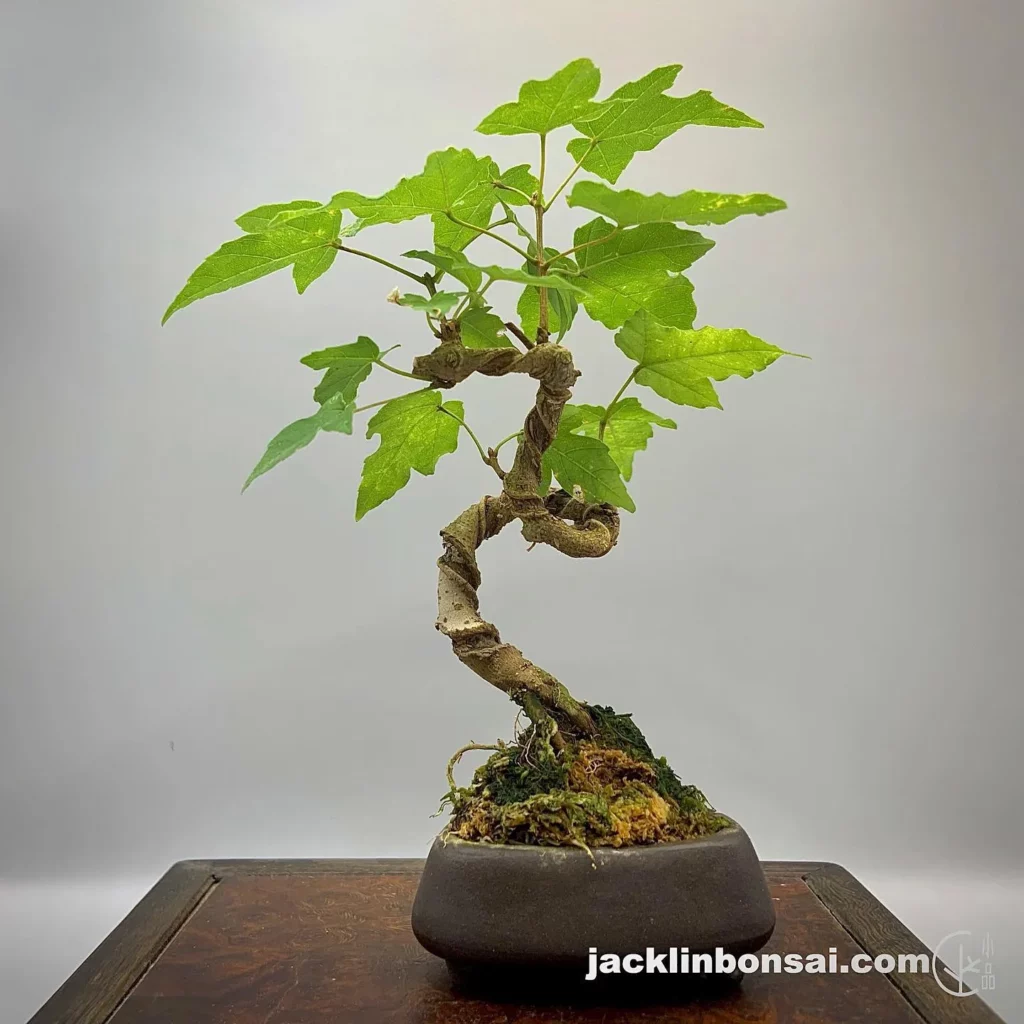
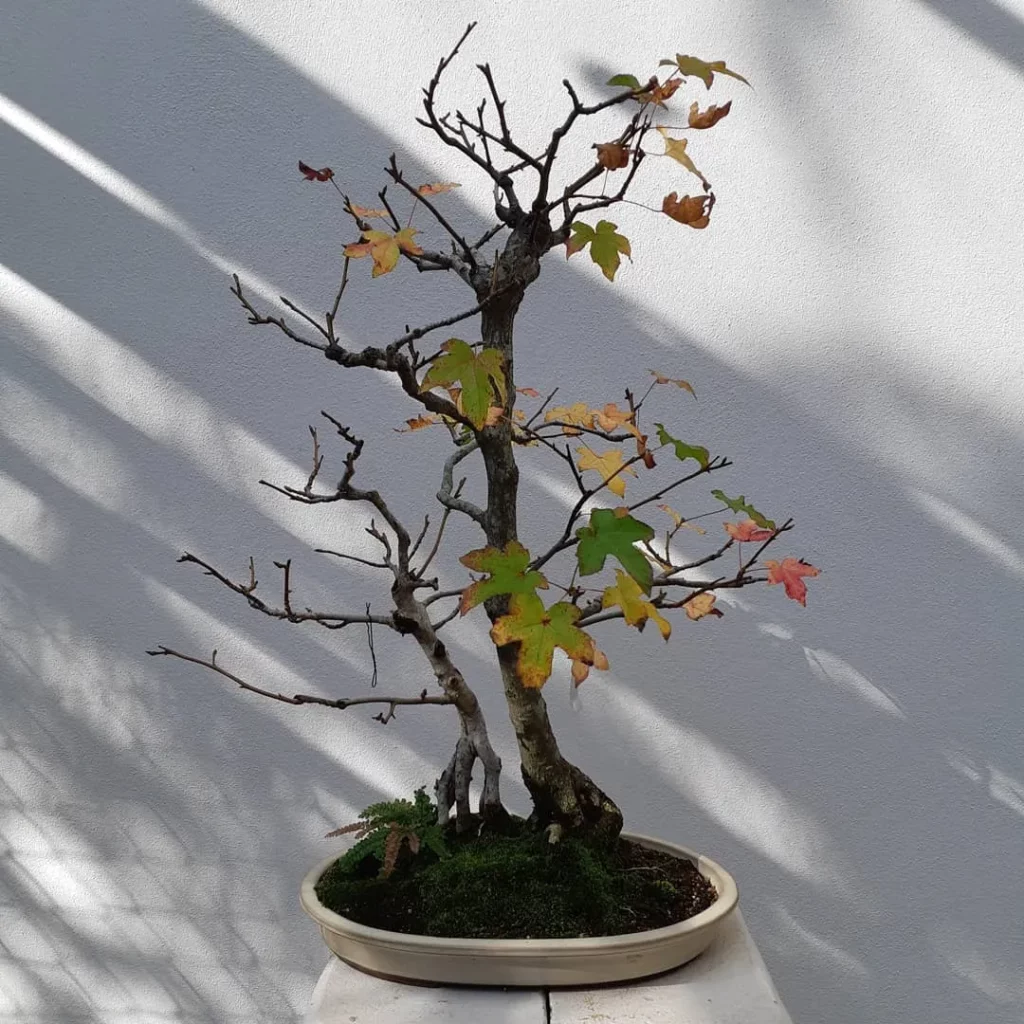
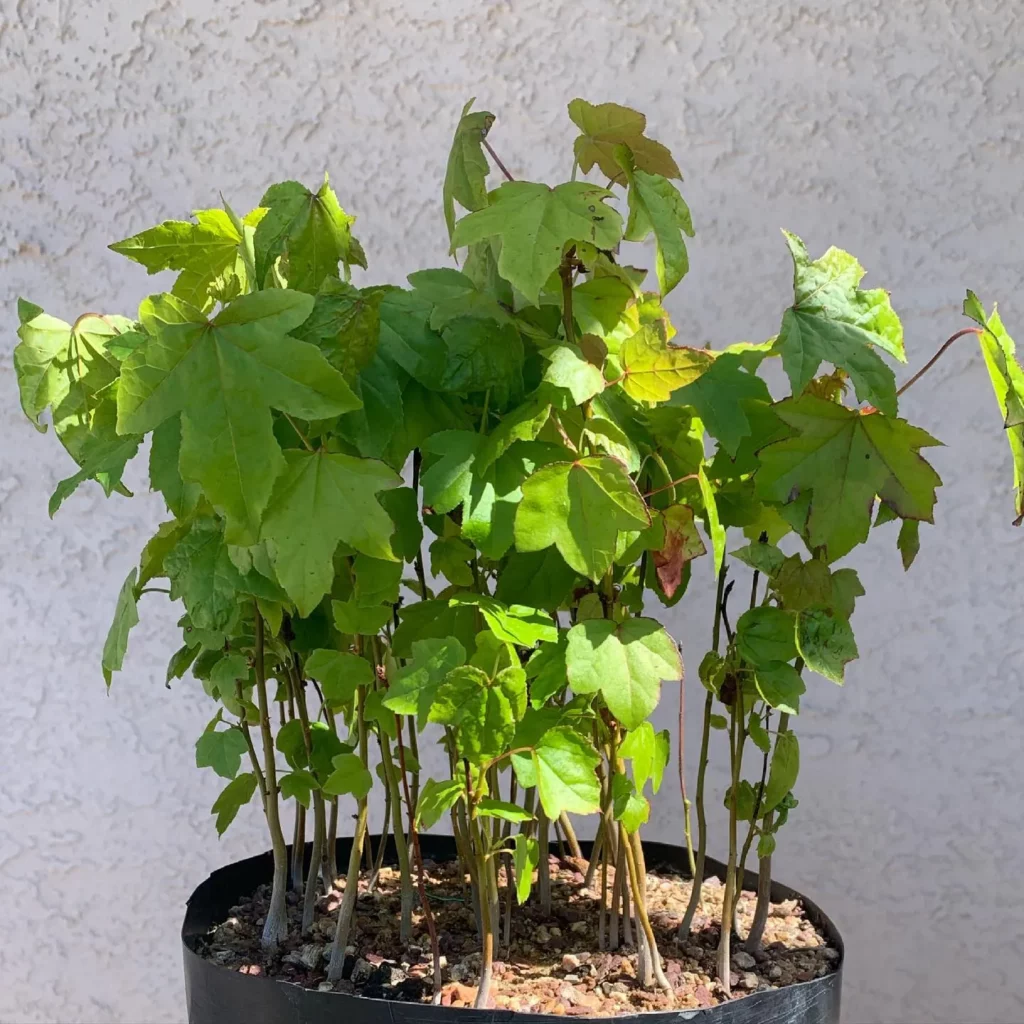
Sweetgum bonsai trees require careful attention to watering to maintain their health and vitality. Proper watering ensures that the tree’s roots receive adequate moisture without being overly saturated. Follow these guidelines to effectively water your sweetgum bonsai:
- Check the soil moisture: Before watering, gently insert your finger into the soil up to the first inch. If it feels slightly dry to the touch, it’s time to water.
- Watering technique: Slowly pour water onto the soil surface, ensuring that the entire root system gets thoroughly soaked. This allows the water to reach the deeper roots.
- Drainage is key: It’s crucial to use a well-draining soil and a bonsai pot with drainage holes. This ensures that any excess water can freely flow out of the container, preventing waterlogging and root rot.
- Avoid overwatering: Sweetgum bonsai trees do not tolerate excessive moisture. Overwatering can lead to root rot and other fungal diseases. Therefore, it’s essential to allow the soil to slightly dry out between watering sessions.
- Summer watering: During the hot summer months, sweetgum bonsai trees may require more frequent watering due to increased evaporation and heat stress. Monitor the soil moisture regularly to prevent the tree from drying out.
Fertilizing Sweetgum Bonsai
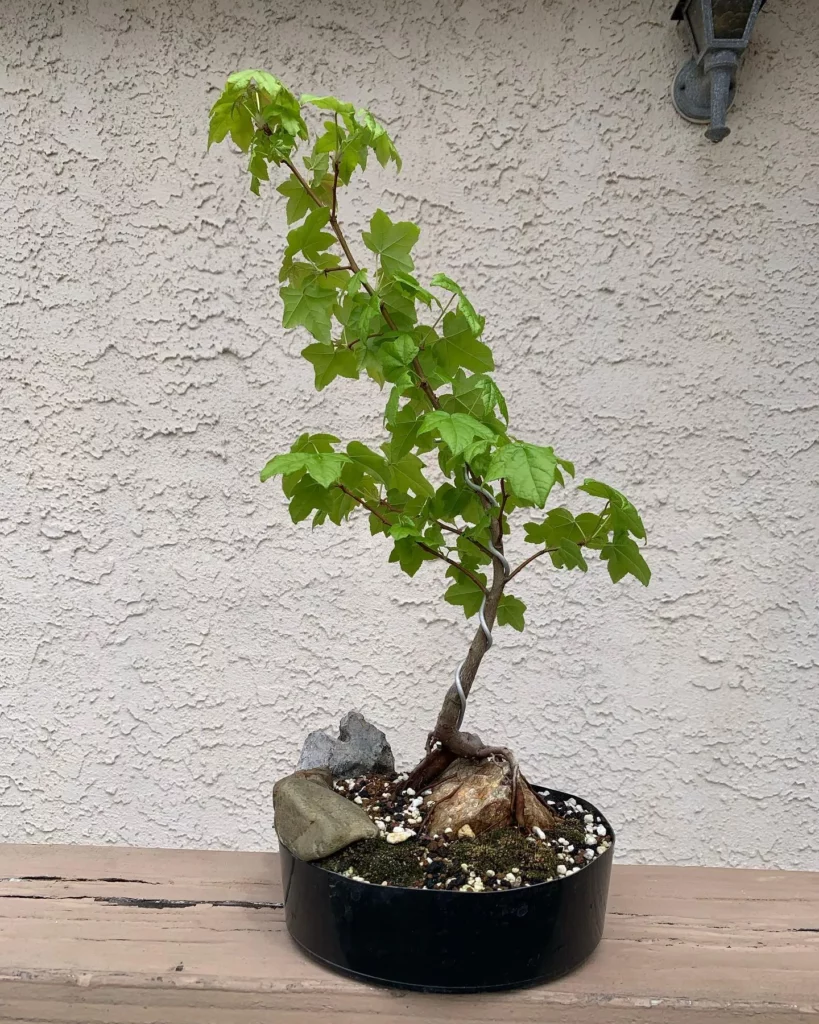
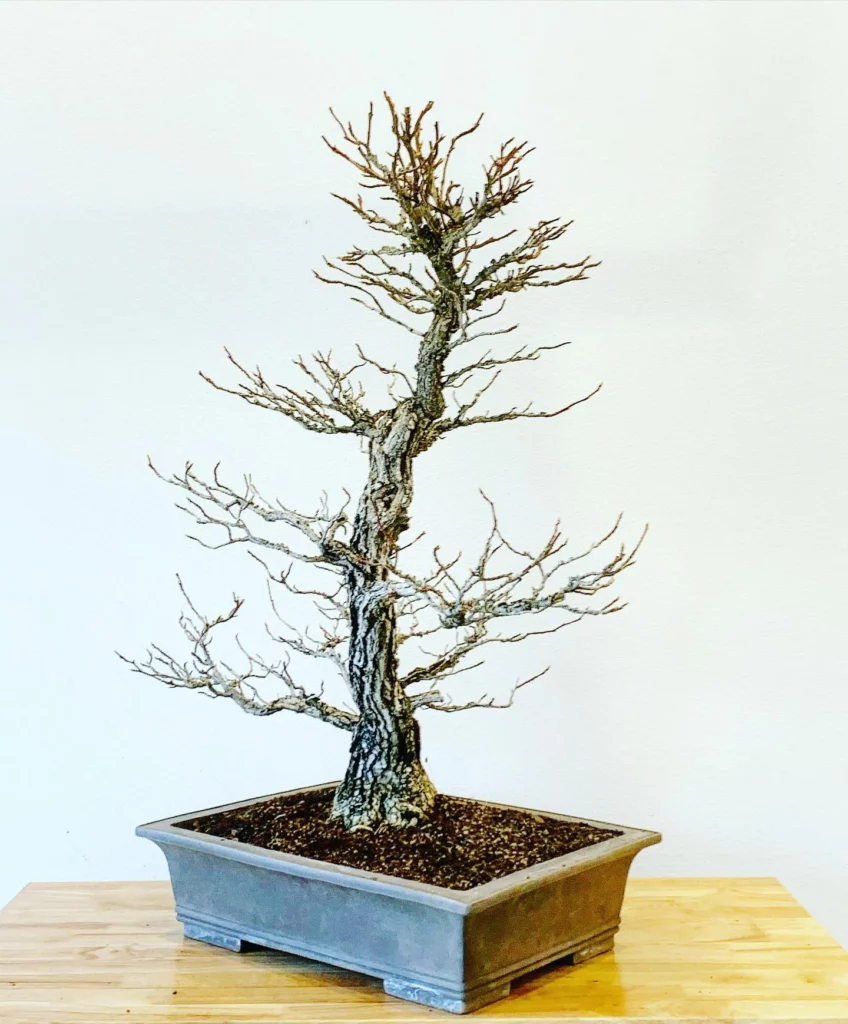
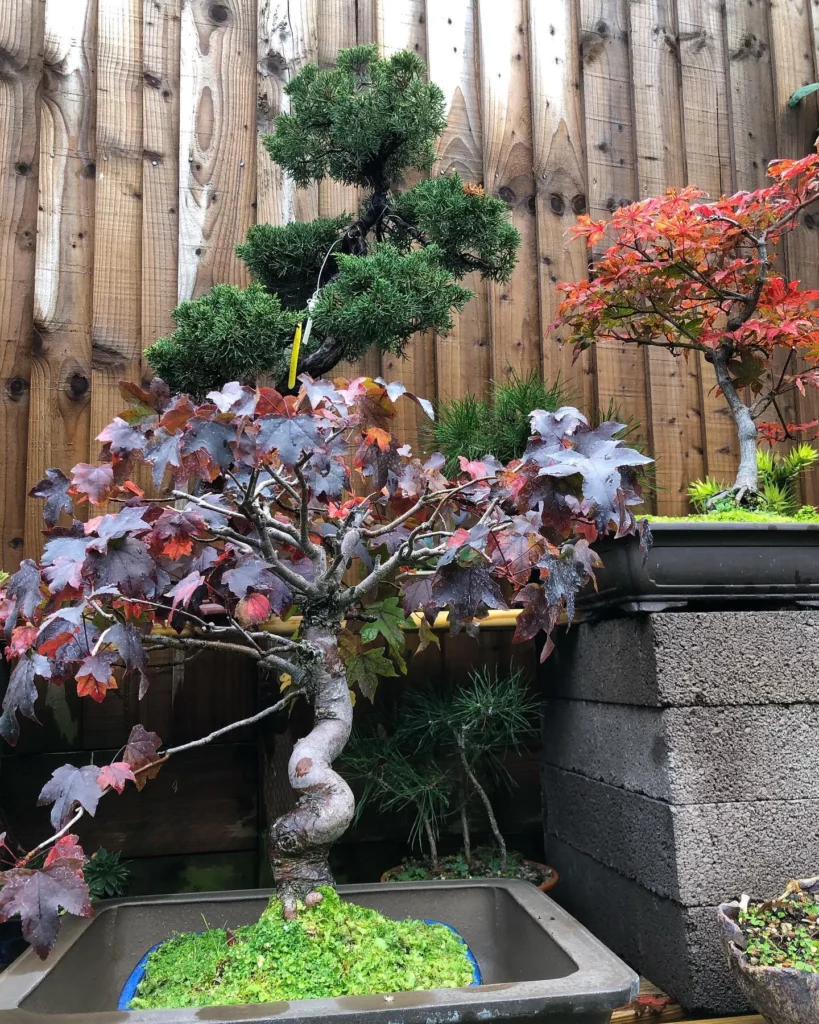
Sweetgum bonsai trees thrive when provided with regular fertilization during the growing season, which typically spans from spring to early fall. Fertilizing your sweetgum bonsai helps to provide the necessary nutrients for healthy growth and vibrant foliage.
Here are some essential tips to keep in mind:
-
Choose a balanced, organic fertilizer specifically formulated for bonsai. This type of fertilizer ensures that your sweetgum bonsai receives a well-rounded mix of essential nutrients.
-
Follow the manufacturer’s instructions for dosage and application frequency. The recommended dosage may vary based on the size and age of your bonsai tree.
-
Begin fertilizing in early spring when the tree starts to show signs of new growth. Continue fertilizing throughout the growing season, typically until early fall.
-
Monitor your bonsai tree’s response to the fertilizer. Adjust the dosage and application frequency accordingly to ensure optimal growth and health.
-
Be mindful not to overfertilize your sweetgum bonsai. Excessive fertilizer can lead to root burning and damage to the tree’s overall health. Remember, a little goes a long way.
Potting Sweetgum Bonsai
Sweetgum bonsai trees require repotting approximately every two years to maintain their health and promote optimal growth. The ideal time for repotting is during early spring before new growth begins. Repotting provides an opportunity to refresh the soil and trim the roots to maintain a compact root system.
When repotting your sweetgum bonsai, it is crucial to use a well-draining bonsai soil mix. This type of soil allows for proper airflow and water drainage, preventing waterlogging and root rot. Choose a bonsai soil mix that consists of a blend of organic matter, such as peat moss or compost, and inorganic materials like perlite or lava rock.
During the repotting process, carefully trim the roots to prevent them from becoming too long or tangled. Trimming the roots helps maintain a compact and proportionate root system, which is essential for the overall health and vigor of the bonsai tree.
When selecting a new pot for your sweetgum bonsai, ensure that it is large enough to accommodate the tree’s growth for the next couple of years. The pot should provide stability and ample room for the roots to spread while maintaining a harmonious aesthetic appeal. Choose a pot made of durable material, such as ceramic or plastic, that will withstand the demands of bonsai cultivation.
Once you have repotted your sweetgum bonsai, water it thoroughly to settle the soil and roots. Place the bonsai in a suitable location that provides the right amount of light and temperature for its optimal growth.
Propagation of Sweetgum Bonsai
If you’re looking to expand your sweetgum bonsai collection or share the beauty of these miniature trees with friends, propagation is a great option. Sweetgum bonsai trees can be propagated through two methods: seeds and hardwood cuttings.
Propagation from Seeds
Propagating sweetgum bonsai trees from seeds is a rewarding process that allows you to nurture new plants from scratch. To begin, collect ripe sweetgum seeds in the autumn when they are ready for harvest. Sow the seeds in a well-draining soil mix, ensuring they are adequately covered and spaced apart. Place the container in a warm and bright location.
- Monitor the moisture levels of the soil and keep it consistently damp, but not waterlogged.
- Provide the seeds with ample sunlight to facilitate germination.
- Within a few weeks, you should see the first signs of seedling growth.
- Continue to care for the seedlings, ensuring they have enough light, water, and nutrients to thrive.
- As the seedlings mature, you can transplant them into individual pots and continue their bonsai journey.
Propagation from Hardwood Cuttings
Another method of propagating sweetgum bonsai is through hardwood cuttings. Winter dormancy is the best time to take cuttings, usually between late fall and early spring. Follow these steps to propagate sweetgum bonsai using hardwood cuttings:
- Select healthy, disease-free branches that are 6-8 inches in length.
- Make clean cuts at the base of the cutting, just below a node.
- Remove any excess leaves or buds, leaving only a few on the tip of the cutting.
- Dip the cuttings in a rooting hormone to enhance the chances of successful rooting.
- Insert the treated cuttings into a propagation medium, such as a mix of peat moss and perlite.
- Maintain high humidity and warmth through the use of a propagation tray or a plastic bag over the cuttings.
- Regularly mist the cuttings to keep them moist.
- After a few weeks, check for signs of root development by gently tugging on the cuttings.
- Once roots have formed, transplant the rooted cuttings into individual pots and care for them as you would with established sweetgum bonsai trees.
Growth and Development of Sweetgum Bonsai
Sweetgum bonsai trees have a moderate growth rate and can reach a height of 15-30 feet in their natural habitat. However, as bonsai, they can be maintained at a much smaller size through regular pruning and training. By carefully trimming the branches and roots, you can shape the tree into a compact and visually appealing form.
The development of a sweetgum bonsai is a long-term process that requires patience and dedication. As the tree matures, it develops unique characteristics such as a beautifully textured bark and stunning autumn foliage. With proper care and attention, your sweetgum bonsai can become a captivating masterpiece that showcases the splendor of nature in miniature form.
To encourage the growth and development of your sweetgum bonsai, it is important to provide it with the right amount of sunlight, water, and nutrients. Regularly monitor its health and make any necessary adjustments to ensure it thrives in its environment.
- Place your sweetgum bonsai in a location that receives at least 6 hours of direct sunlight each day.
- Water the tree when the top inch of the soil feels slightly dry to the touch.
- Use a balanced, organic fertilizer specifically formulated for bonsai to provide the necessary nutrients during the growing season.
- Monitor the tree for any signs of pests or diseases and take appropriate measures to prevent and treat them if necessary.
Pests and Diseases Affecting Sweetgum Bonsai
Sweetgum bonsai trees are generally resistant to pests and diseases, making them a low-maintenance choice for bonsai enthusiasts. However, like any plant, they can occasionally face some challenges. The most common pests affecting sweetgum bonsai include aphids and spider mites. These tiny insects can cause damage to the leaves and sap of the tree if left unchecked. Regularly inspect your bonsai for any signs of infestation, such as distorted leaves or webbing, and take immediate action to prevent the pests from spreading.
In addition to pests, sweetgum bonsai trees can also be prone to fungal infections. Fungi thrive in environments with high humidity and poor air circulation, which can lead to leaf spots, powdery mildew, and root rot. To prevent fungal diseases, ensure proper ventilation and avoid overwatering. If you notice any signs of fungal infection, such as discolored or wilting leaves, treat the affected areas with an organic fungicide and adjust your watering routine accordingly.
Maintaining a healthy growing environment is key to preventing pest and disease issues in sweetgum bonsai. Provide the tree with the optimal amount of sunlight and humidity, and avoid overcrowding the branches. Regularly clean and inspect the leaves and branches for any signs of trouble, and promptly address any issues that arise. With proper care and attention, your sweetgum bonsai will thrive and remain pest and disease-free, allowing you to enjoy its beauty for years to come.
FAQ
What are some key features of sweetgum bonsai trees?
Sweetgum bonsai trees have distinctive star-shaped leaves that turn brilliant shades of red, orange, and yellow in the fall. The bark is deeply furrowed, adding texture and character to the tree’s overall appearance.
What are the light requirements for sweetgum bonsai trees?
Sweetgum bonsai trees thrive in full sun to partial shade conditions. They require at least 6 hours of direct sunlight each day to maintain their health and promote vigorous growth. However, it is essential to protect them from intense midday sun, as it can scorch the leaves.
How should I water my sweetgum bonsai tree?
Watering should be done when the top inch of the soil feels slightly dry to the touch. Avoid overwatering, as it can lead to root rot, and ensure that any excess water drains out of the container. During hot summer months, more frequent watering may be necessary to prevent the tree from drying out.
How often should I fertilize my sweetgum bonsai tree?
Sweetgum bonsai trees benefit from regular fertilization during the growing season, which typically spans from spring to early fall. Use a balanced, organic fertilizer specifically formulated for bonsai to provide the necessary nutrients. Follow the manufacturer’s instructions for dosage and application frequency, adjusting as needed based on the tree’s response. Be mindful not to overfertilize, as it can cause burning of the roots.
When should I repot my sweetgum bonsai tree?
Sweetgum bonsai trees should be repotted approximately every two years, ideally during early spring before new growth begins. Use a well-draining bonsai soil mix that allows for proper airflow and water drainage. Trim the roots during repotting to maintain a compact root system. Ensure that the new pot is large enough to accommodate the tree’s growth and provides stability.
How can I propagate sweetgum bonsai trees?
Sweetgum bonsai trees can be propagated through both seeds and hardwood cuttings. To propagate from seeds, collect ripe sweetgum seeds in autumn and sow them in a well-draining soil mix. For hardwood cuttings, take 6-8 inch cuttings from the tree during winter dormancy. Treat the cuttings with rooting hormone and plant them in a propagation medium. Maintain high humidity and warmth to encourage root development.
What is the growth rate of sweetgum bonsai trees?
Sweetgum bonsai trees have a moderate growth rate and can reach a height of 15-30 feet in their natural habitat. As bonsai, they can be maintained at a much smaller size through regular pruning and training. With proper care and attention, sweetgum bonsai trees can live for several decades and continue to develop their unique characteristics over time.
Are sweetgum bonsai trees prone to pests and diseases?
Sweetgum bonsai trees are generally resilient to pests and diseases. However, they can occasionally be susceptible to aphids, spider mites, and fungal infections. Regularly inspect your tree for any signs of infestation or disease and take appropriate measures, such as using organic insecticides or fungicides, to combat the issue. Maintaining a healthy growing environment will also help prevent these issues from occurring.





